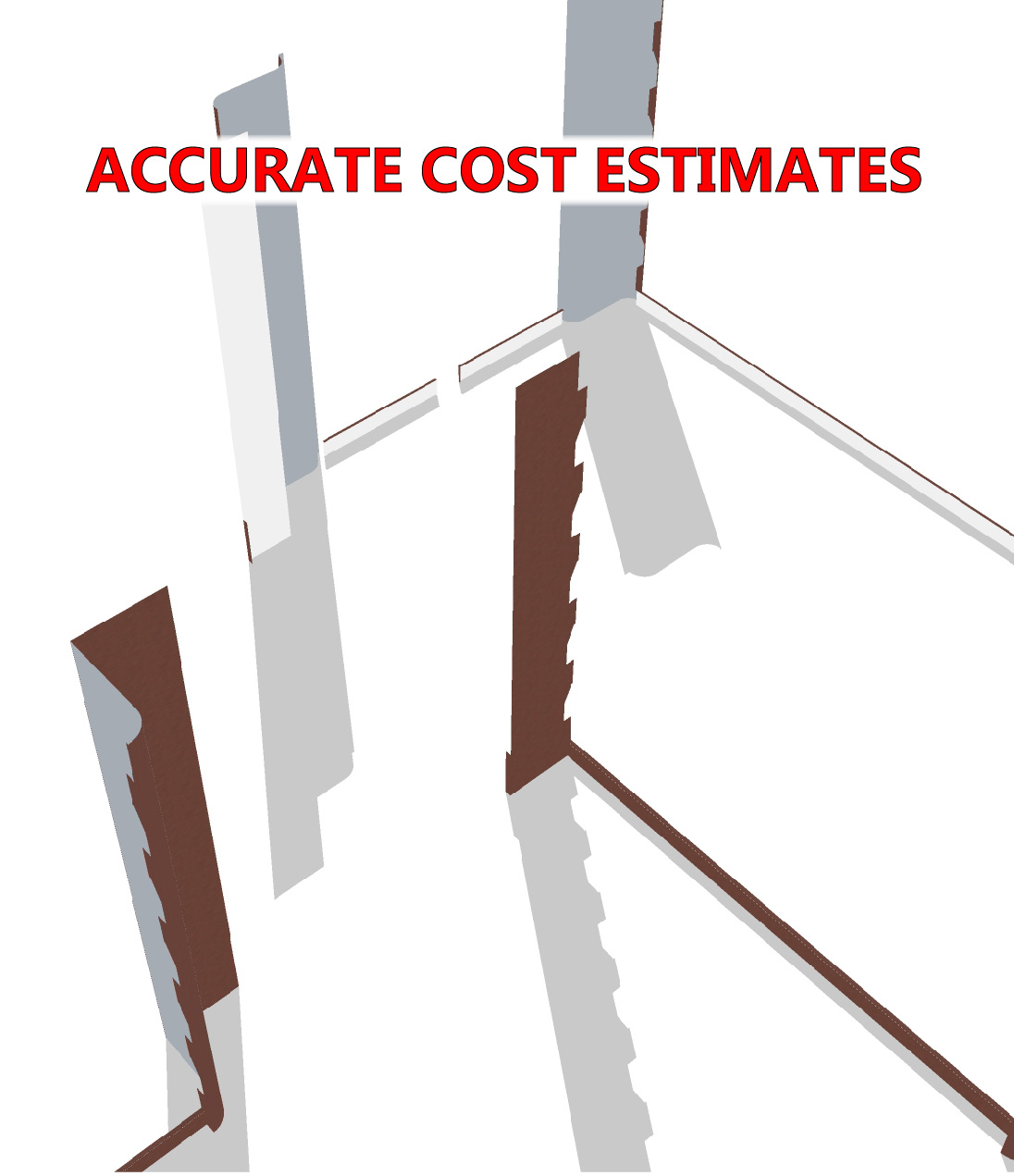Epoxy Paint and Coatings
Epoxy is the term used to refer to the basic components and the cured end products of epoxy resins. It is also the colloquial name for the epoxide functional group. Epoxy resins, or polyepoxides, are a class of reactive prepolymers and polymers which contain epoxide groups that may be reacted or “cross-linked” either with themselves through catalytic homopolymerisation, or with many co-reactants such as polyfunctional amines, acids and acid anhydrides, phenols, alcohols and thiols. Co-reactants are often referred to as curatives or hardeners and the cross-linking reaction is referred to as curing.
Two part epoxy coatings provide a tough, hard protective coating that is resistant to chemicals and solvents although not resistant the UV radiation. The surface of epoxy paints exposed to sunlight will become chalky.
Powder coatings made from polyester epoxies are used as for washers, driers and other “white goods”. Corrosion protection of steel pipes and fittings, steel potable water pipelines, and concrete rebar is accomplished with Fusion Bonded Epoxy Powder Coatings (FBE). Epoxy primers improve the adhesion of automotive and marine paints and impart corrosion resistance. Metal cans for storing acidic foods like tomatoes are coated with epoxy to prevent rusting and epoxy resins are also used for decorative flooring applications.
Epoxy Coatings Page at Sherwin-Williams.com
Technical information on epoxies and the gateway to all of Sherwin-Williams’ products
Epoxy Siloxane
Sherwin Williams Polysiloxane XLE-80 Epoxy Siloxane
Polysiloxane XLE-80 is one of Sherwin-Williams’ “Protective and Marine Coatings” products recommenced for use on structural steel, tank exteriors, piping and industrial power plants in both transportation and marine applications. It is a high performance, two-component, high solids epoxy siloxane that combines the properties of both a high performance epoxy and a polyurethane in one coat. Primer is recommended for some applications.
Polysiloxane Coating Used For Freeboard Topcoat on the USS Bonhomme Richard Amphibious Assault Ship
An analysis completed as part of the project estimated that coating and labor costs are 26% less when using polysiloxane compared to using silicone alkyd, the material previously used for the freeboard topcoat on United States Naval vessels.


JVS Building Services Report on a Mechanical Room Floor Repair and Coating
This case study details the process of patching cracks in a mechanical room floor and then using a 2 part epoxy coating to create a floor surface and liner to contain water that is occasionally discharged from equipment.
Modified Polyamidoamine Epoxy
Amidoamines are reaction products of a polyamine and a fatty acid and their properties generally fall between those of amines and polyamides. Like amines they have good water and corrosion resistance, and they are tough, like polyamides. Their relatively small molecular size make their viscosities low and cause them to wet out quire well. The advantages of amidoamines are: excellent surface wetting, excellent adhesion and water resistance, low viscosity, longer pot life than amines and good gloss retention. Their disadvantages and limitation are: they cure slowly, their color retention is only fair and amidoamines are temperature dependent. Primary Uses of amidoamines are as barrier coatings, as surface tolerant coatings, where chemical and moisture resistance is required, for general industrial surfaces, refineries equipment, bridges and power plants.
Tnemec Series 135 Chembuild
High-build coating with superior wetting for marginally prepared rusty steel and tightly adhering old coatings. Excellent abrasion, chemical and corrosion-resistance. Perfect foundation for aliphatic-polyurethanes.

Water Towers that win awards leave “A Lasting Impression”
Tnemec.com news on the water towers coated with various products that received awards. Information on the individual projects includes specifics on the materials and surface preparation. The exterior of the tank pictured here was prepared in accordance with SSPC-SP7/NACE No. 4 Brush-Off Blast Cleaning and was primed with one coat a modified polyamine epoxy (Tnemec’s Series 135 Chembuild for marginally prepared steel and tightly adhering old coatings). Tnemec’s Series 1075 Endura-Shield II, an aliphatic acrylic polyurethane was the intermediate coat. This product is highly resistant to abrasion, wet conditions and exterior weathering. The finish coat was an advanced fluoropolymer, Tnemec Series 700 HydroFlon. Two coats of Series 700 were also used for the lettering and mural. Nineteen colors used in the mural, ranging from tank white, to different shades of blues, greens and browns. Multiple projects are described on this page and although some use the same materials there are many variations. Reviewing the information that Tnemec has provided will help anyone seeking to coat similar steel structures or specify the requirements for doing so.
Public Works Magazine article on 5 Award Winning Water Towers
These projects were all coated with Tnemec products including Series 135 Chembuild primer.
Tnemec Corporation Epoxy Products
This link is the result of searching the term “epoxy” at Tnemec’s website. It returned 234 results when applied on June 19, 2016 and 261 results on September 13, 2018. Tnemec does things with their epoxies all the time.




